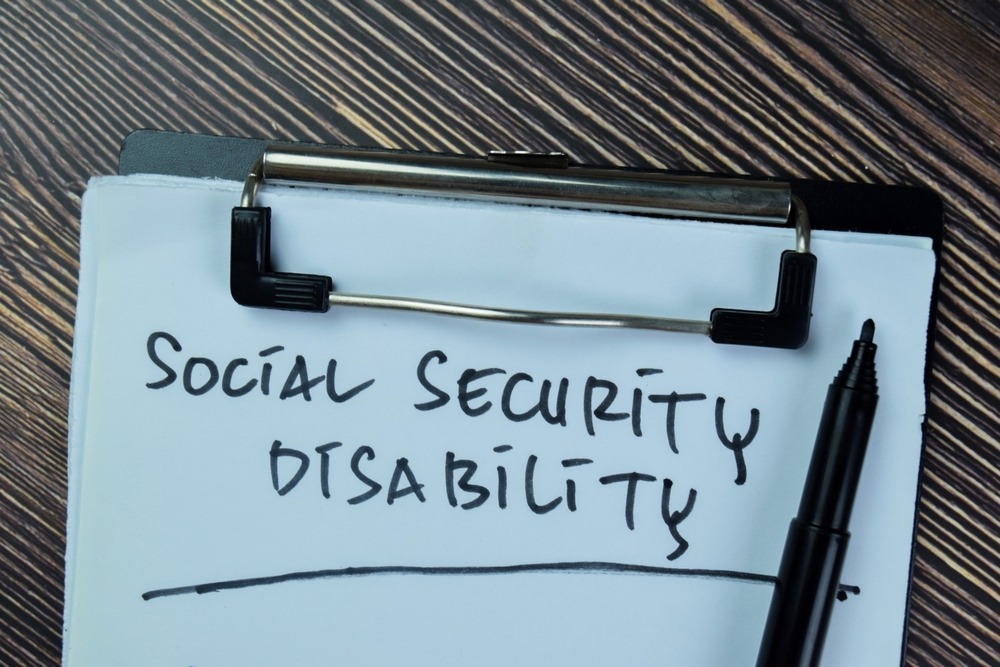The Tech Takeover: Censorship of Health Content Online in an age where screens mediate nearly every facet of daily life, the journey from query to cure often begins with a simple search. Yet this once–open landscape of health knowledge is increasingly governed by the gatekeepers of Silicon Valley. Tech platforms censoring health content are rewriting the rules of medical discourse—sometimes for protection, but often at the expense of nuance, patient empowerment, and scientific exchange. Short sentences. The stakes are enormous.
This deep dive examines how algorithms, policies, and corporate interests intersect to shape, suppress, or amplify health information online. It explores the mechanics behind removals, the collateral harm to patient communities, and potential pathways to restore a balanced digital health commons.

The Rise of Digital Health Gatekeeping
From Forums to Feeds
A decade ago, health forums thrived on grassroots wisdom. Patients traded tips for managing chronic pain. Researchers discussed drafts on message boards. Now, mainstream platforms aggregate billions of posts daily. Algorithmic curation replaces chronological threads. Engagement metrics—likes, shares, watch time—dictate visibility. In this environment, priority shifts from accuracy to virality, creating fertile ground for both breakthrough insights and sensationalized misinformation.
Expanding Definitions of “Misinformation”
The term “misinformation” once denoted outright falsehoods. Today, it encompasses a broad spectrum: premature hypotheses, off-label treatment anecdotes, unpublished preprint findings, and even respectful critique of official guidelines. This semantic expansion empowers platforms to remove or demote content under the banner of public safety. Yet it also sweeps up legitimate discourse—transforming vital dialogues into collateral damage in the war on deception.
Who’s Behind the Censorship?
Platform Architects
Engineers and policy teams at social networks, video sites, and search engines craft the frameworks that define acceptable health content. They maintain ever-growing rulebooks, blending:
- Automated Filters: Machine-learning models trained on vast datasets of flagged posts.
- Keyword Blacklists: Curated lists of terms—“cure,” “detox,” “unapproved therapy”—triggering instant takedowns.
- Semantic Analyzers: Natural-language processing systems seeking contextual cues.
These tools scale moderation to billions of daily posts—but they lack the discernment of a trained clinician.
Third-Party Fact-Checkers
Organizations like Health Feedback, Snopes, and Politifact partner with platforms to adjudicate contested content. Their verdicts feed into moderation pipelines, leading to label application, downranking, or removal. Yet fact-checkers face resource constraints and evolving methodologies. What one group flags today, another may clear tomorrow, fueling opaque enforcement.
Government and Health Authorities
Public-health agencies increasingly lobby for stricter removal policies. During crises—pandemics, drug shortages, biosecurity threats—governments invoke emergency measures to compel platforms to excise content that contradicts official guidance. Noncompliance risks fines or regulatory scrutiny. Platforms, keen to avoid legal entanglements, align rapidly with these demands.
Mechanics of Censorship
The Algorithmic Black Box
At the heart of content suppression lies the opaque algorithm. These models assign a “misinformation risk score” to each post. High-risk content is automatically:
- Downranked: Hidden in feeds and search results.
- Labeled: Adorned with warning banners linking to “authoritative sources.”
- Removed: Deleted when deemed egregious or repeatedly flagged.
Creators receive minimal feedback. Appeals processes are labyrinthine and under-resourced, leaving many posts in permanent limbo.
Human Review and Inconsistency
Augmenting AI, human moderators assess borderline cases. Yet they often lack medical training. Moderators juggle thousands of items per day, guided by shifting policy memos. The result is inconsistency:
- A seasoned pulmonologist’s case series on off-label drug use might be removed as “medical advice.”
- A flashy influencer’s claims about a dubious supplement may remain untouched if framed as “personal testimony.”
This disparity undermines trust and amplifies frustration among health professionals and patient advocates.
What Gets Silenced?
Preliminary Research and Preprints
Preprint servers democratized research dissemination. Yet when links to non–peer-reviewed studies circulate on social platforms, they often trigger removal for “unverified science.” Crowdsourced critique and rapid iteration—hallmarks of open science—are stifled.
Patient Anecdotes and Testimonials
First-person narratives about rare-disease management or novel symptom clusters provide invaluable qualitative data. Algorithms, however, categorize them as “anecdotal evidence,” stripping them from community groups and public forums.
Off-Label and Complementary Therapies
Clinicians reporting promising off-label uses—or holistic practitioners sharing adjunctive protocols—face deletion under “unapproved medical claims.” This censorship chills innovation and obscures potential therapeutic avenues.
Emergency Critiques
During outbreaks or health emergencies, voices questioning the robustness of official guidance—testing protocols, treatment regimens, or vaccine intervals—are silenced to preserve unified messaging. Yet constructive critique can highlight blind spots and improve policy.
Real-World Impacts
Fragmentation of Patient Communities
When key posts vanish, digital patient networks splinter. A single deleted thread on post-treatment side effects can disperse hundreds of users into private messaging apps—undermining collective data gathering and peer support.
Research Delays
Suppression of early insights delays formal research. Toxicity signals, anecdotal efficacy reports, and real-world evidence vanish before institutions can validate findings, prolonging the path from discovery to therapy.
Erosion of Trust
Opaque takedowns breed suspicion. Patients and professionals alike wonder: who decides what’s safe? When policies adapt mid-crisis—only to recede later—communities feel manipulated, amplifying recourse to fringe platforms where tech platforms censoring health content is absent—but so is quality control.
Mental-Health Consequences
Support groups for conditions like PTSD, bipolar disorder, or eating disorders rely on shared stories. When moderators misclassify therapeutic narratives as harmful, vulnerable users lose vital lifelines, exacerbating isolation and distress.
Case Studies
The Long-COVID Data Purge
A researcher collated self-reported long-COVID symptoms from survivors across multiple countries. Infographics and raw data files were flagged as “medical claims,” and the entire dataset disappeared—despite its role in identifying new post-viral syndromes and guiding patient care.
The Herbal Adjunct Study
A pilot trial exploring turmeric derivatives for chemotherapy-induced fatigue was shared via video presentation. Platforms removed the clip, citing “unverified health claims,” even though the study ran under institutional review. Oncology collaborators lost early feedback, delaying larger randomized trials.
The Pediatric Vaccine Interval Debate
In regions grappling with vaccine shortages, pediatricians advocated extended dosing intervals aligned with WHO contingency guidelines. Their policy discussion was censored under “anti-vaccine content,” depriving frontline clinics of pragmatic strategies during critical immunization campaigns.
Balancing Safety and Free Inquiry
The Imperative to Protect
Unchecked falsehoods—bleach as a cure, extreme detox regimens—pose real harm. Platforms bear responsibility to forestall predatory scams and dangerous self-treatments.
The Cost of Overreach
Yet conflating fringe quackery with earnest scientific discourse undermines the collective quest for truth. An absolutist approach to content governance erases the gray zones where innovation thrives.
Towards Nuanced Moderation
Tiered Response Models
- Contextual Warnings: Attach disclaimers and links to authoritative sources, preserving content while guiding users.
- Temporary Quarantine: Hide posts pending expert review, enabling due process.
- Final Removal: Restrict only content proven to incite direct harm.
Expert Advisory Panels
Standing committees of clinicians, ethicists, and patient advocates can adjudicate complex cases, injecting medical nuance into moderation decisions.
Transparent Appeals
Clear, accessible appeal mechanisms—complete with timelines, human feedback, and policy citations—empower users to correct errors and refine content for compliance.
Policy Versioning
Maintain public logs of policy changes. Content creators then understand which rules applied at their posting time, reducing confusion and inadvertent breaches.
Technical Innovations
Explainable AI
Invest in models that reveal why a post was flagged—highlighting specific text or image elements—so creators can adjust rather than guess.
Federated Moderation Learning
Platforms share anonymized moderation data—patterns of false positives and successful appeals—to improve filters without exposing user content.
Community-Driven Tags
Empower trusted user cohorts—health professionals, certified patient advocates—to tag and promote quality content, counterbalancing algorithmic misfires.
Best Practices for Health Communicators
- Cite Peer-Reviewed Sources: Ground claims in recognized literature, linking to DOIs or preprint servers.
- Use Hedged Language: Phrases like “preliminary data suggests” or “under clinical investigation” signal nuance.
- Provide Context: Clarify study limitations, sample sizes, and regulatory status.
- Engage in Professional Networks: Discuss sensitive topics in vetted forums with higher tolerance for emerging data.
The Role of Policy and Regulation
Legislative Safeguards
Governments can mandate transparency around takedowns—requiring platforms to disclose volumes, categories, and appeal outcomes of tech platforms censoring health content.
Whistleblower Protections
Clinicians and researchers exposing undue censorship should receive legal immunity from institutional retaliation.
International Standards
Global health bodies must collaborate with tech coalitions to harmonize moderation frameworks, reducing jurisdictional fragmentation.
Reclaiming the Digital Health Commons
Decentralized Platforms
Encourage development of peer-to-peer networks—blockchain-based or federated—that resist unilateral censorship while preserving data integrity.
Patient Data Trusts
Community-governed repositories ensure that critical patient-reported outcomes and grassroots research remain accessible, regardless of platform policies.
Open Science Collaboratives
Hybrid hubs—co-hosted by academic publishers and patient advocates—can host preprints, case series, and qualitative data under ethical oversight, bypassing mainstream takedown pressures.
Conclusion
The surge of tech platforms censoring health content underscores the tension between shielding users from harm and stifling the very discourse that fuels medical progress. Algorithms wield immense power, yet they lack the discernment of a specialist’s judgment. Policies set by corporate and governmental actors shape the contours of public knowledge—often without transparency or recourse. By adopting tiered moderation, transparent appeals, expert panels, and technical innovations like explainable AI, stakeholders can craft a more balanced, inclusive digital health ecosystem. In doing so, the promise of the internet as a conduit for life-enhancing knowledge can be restored—unmuted, multifaceted, and ever-adaptive to the frontiers of medical discovery.












